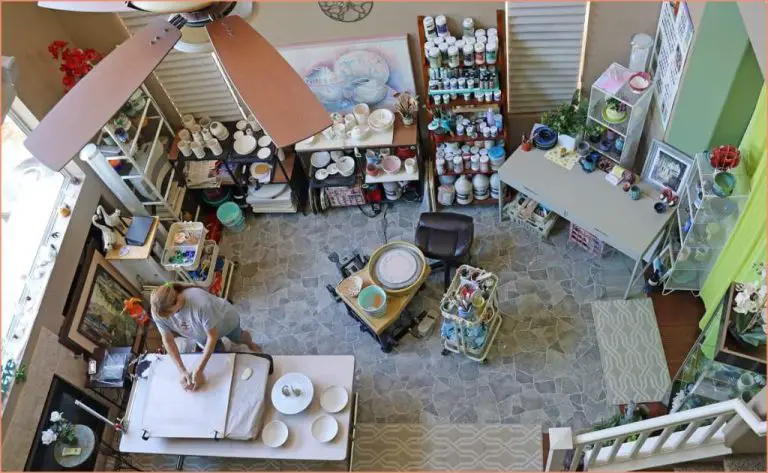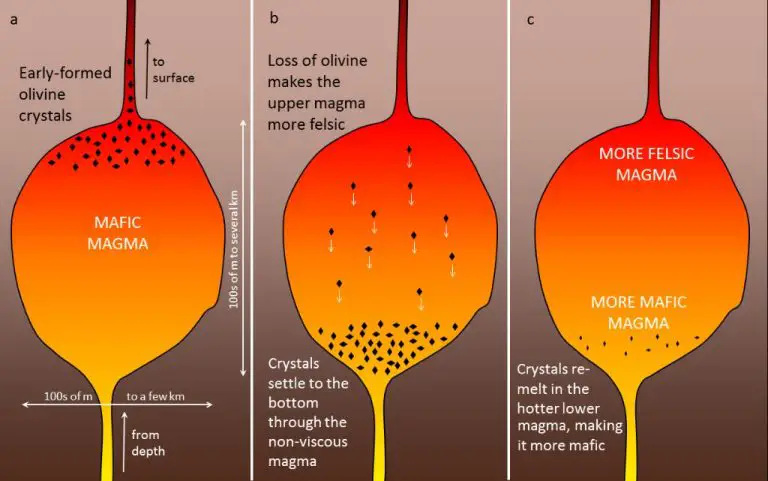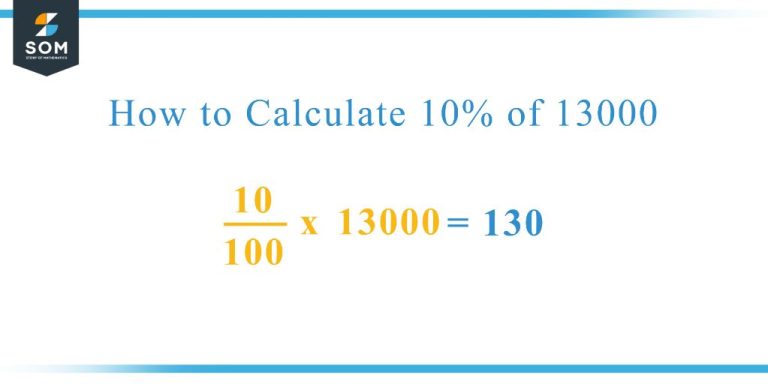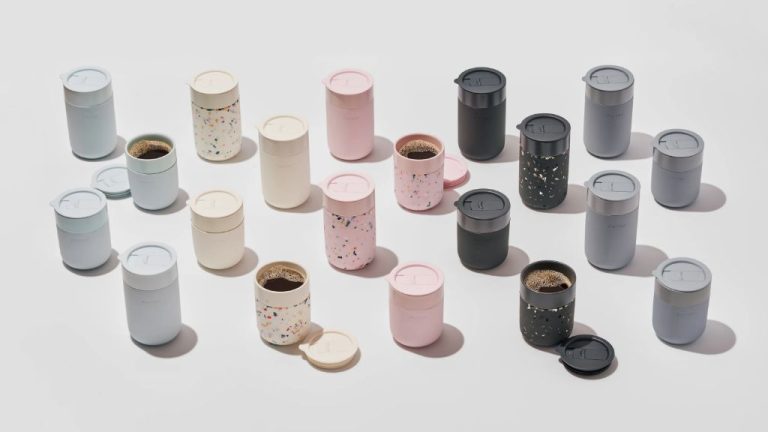Does Salt Or Pepper Go In The 3 Hole Shaker?
The History of the 3 Hole Shaker
The origins of the 3 hole shaker date back to the late 19th century. As salt and pepper became more commonly used seasonings, the need arose for an easy way to dispense both at the table. In 1858, John Mason invented a metal shaker with perforated screw-on caps to shake out salt and pepper (The Intriguing History Of Salt And Pepper Shakers). These early versions usually had salt in one shaker and pepper in the other.
By the early 20th century, combined 3 hole shakers emerged allowing both salt and pepper to be dispensed from the same vessel. The third hole was sometimes used for other spices like paprika or cayenne pepper. The purpose of the 3 hole design was convenience – giving diners an easy way to season their food without needing multiple shakers on the table (Salt and pepper shakers). This versatile shaker became popular in households and restaurants.
While the origins are uncertain, evidence suggests 3 hole shakers first appeared in the United States and were commonly used throughout North America by the 1930s. They allowed for easy, one-handed seasoning at the table. The 3 holes represented the common trio of salt, pepper and paprika or chili powder.
Typical Contents of Each Hole
The most common contents of a three-hole shaker are salt in one compartment and pepper in the other. Salt and pepper are ubiquitous tabletop seasonings, so they naturally became the standard pairings for the classic three-hole shakers.
According to The Salt & Pepper Shaker Museum, the three-hole shaker is “designed for salt and pepper – the two most common condiments found on a dining table.” Source
Some key points on the typical contents:
- Salt and pepper account for the vast majority of three-hole shaker contents.
- Having dedicated compartments for salt and pepper makes them easily accessible at mealtimes.
- The three-hole vs two-hole design emerged to accommodate both salt and pepper together.
- While not universal, salt and pepper are considered the default pairings.
- Other seasonings may sometimes substitute salt or pepper, but the two-compartment design largely persists.
So in most cases, the two compartments hold salt in one and pepper in the other – making these the traditional and expected contents.
Regional Differences
Preferences for which seasoning goes in the top hole of a three-hole shaker vary widely by cuisine and culture. In the United States, it is most common for salt to be in the top with fewer holes, while pepper goes in the bottom with more holes. This reflects the American preference for shaking on more pepper than salt. However, in parts of Europe and Asia, the opposite is true – pepper goes in the top hole while salt goes in the bottom.
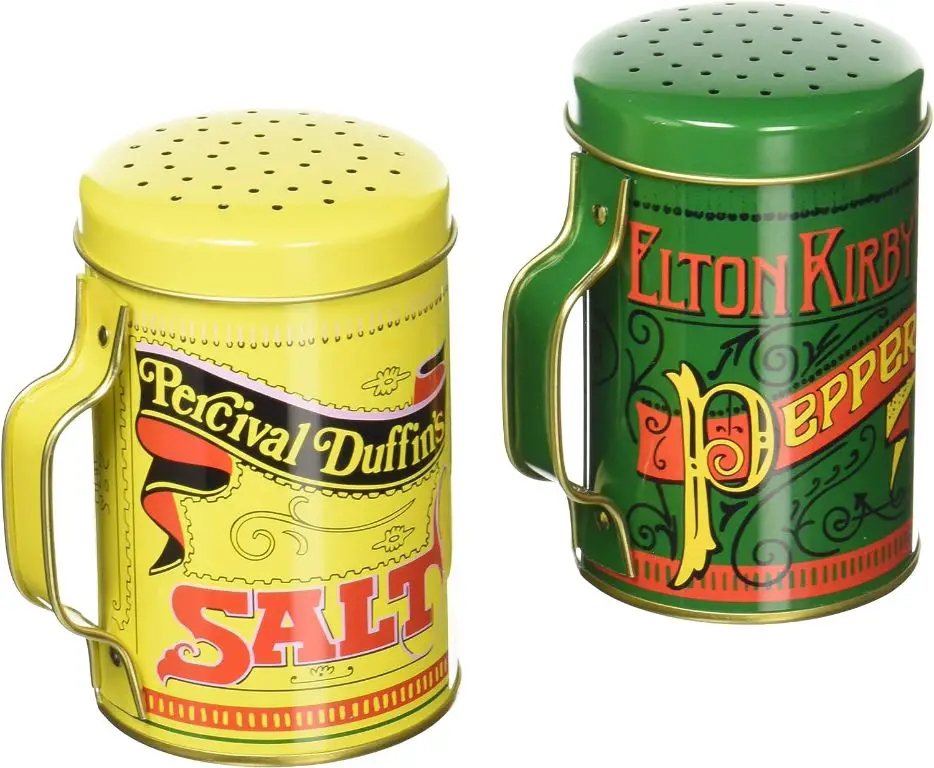
For example, in India and other parts of Asia where spices play a major role, pepper is often placed in the top hole as it is used frequently to season foods. Salt may go in the bottom hole since it is used more sparingly. In contrast, in Mexico and Latin America, salt plays a bigger role so salt shakers often have more holes and go on top.
The Middle East provides another interesting example. In countries like Egypt, salt traditionally goes in the top hole because it is considered purification in Islam and is placed at the top as a sign of respect. Pepper and other spices fill the bottom holes. This highlights how religious and cultural symbolism can influence shaker design.
So while the three-hole shaker may look standardized, the contents and design can vary significantly across cuisines, cultures, and geographic regions.
Reasons to Put Salt in the Top Hole
There are several reasons why many people prefer to put salt in the shaker with the most holes. According to The Salt & Pepper Rule from theartofdoingstuff.com, “The other thing most of us do is put the salt in the shaker with the most amount of holes.“
Having more holes makes it easier to dispense the salt and reduces the likelihood of it clumping up or clogging the holes. Salt grains are generally smaller and flow more freely than ground peppercorns. The extra holes provide more surface area for the salt to pass through smoothly.
Pepper is often seen as the “finishing touch” while salt is used more liberally during cooking and seasoning. The shaker with more holes allows cooks to distribute salt rapidly and evenly over foods with less shaking effort required.
According to Allrecipes, “Those wishing to limit their sodium intake (aka, those in the United States) use the top with the fewest holes in it for the salt.” Having fewer holes for salt can help control portion sizes for those monitoring their health.
Reasons to Put Pepper in the Top Hole
There are several reasons why many people prefer to put pepper in the shaker with more holes rather than salt. According to The Salt & Pepper Rule website, “The pepper goes in the shaker with the fewer amount of holes. That is the ‘rule'” (The Salt & Pepper Shaker Rule, 2023).
One main reason is that pepper tends to be used less frequently than salt in cooking and seasoning foods. Salt is a more essential seasoning that most dishes require. Since pepper has a stronger flavor, it is usually added in smaller amounts. Having pepper in the shaker with fewer holes allows you to dispense it more slowly and carefully measure out just the right amount (The most asked question…, The Salt and Pepper Shaker Museum).
Additionally, having the salt in the shaker with more holes provides easier access to it. As salt is used more often, you can shake it out faster with the extra openings. This makes meal preparation more convenient when you need to frequently season with salt (Which Shaker Top Is For Salt And Which Is For Pepper?, AllRecipes).
Overall, the typical convention is to put pepper in the top with fewer holes due to the spice being used less often and in smaller amounts. This allows for better control over the pepper while also keeping the salt more accessible in the shaker with more holes.
Specialty 3 Hole Shakers
While salt, pepper, and spice are the most common contents of 3 hole shakers, some specialty shakers are designed for other ingredients. Custom shakers allow you to store and dispense whatever dry foods or seasonings you’d like.
Some examples of specialty 3 hole shaker uses include:
- Sugar, cinnamon, and cocoa powder for coffee drinkers
- Parmesan, oregano, and red pepper flakes for Italian cooking
- Sesame seeds, poppy seeds, and dehydrated onions for salad toppings
- Matcha powder, cocoa nibs, and goji berries for health drinks
The options are endless when using custom labels and fillings in a 3 hole shaker. Get creative with your favorite flavor combinations. Just be sure to label the shaker so you remember what’s inside.
Settling the Debate
There has long been debate over which spice – salt or pepper – should go in the top hole of the classic three-hole shaker. Both sides have reasonable rationales supporting their view.
Those who argue the top spot should belong to salt cite that salt grains flow more freely given their smaller size. With a wider hole, salt can easily pour out at the desired rate. Pepper, on the other hand, is a coarser grind that flows less freely. A smaller hole is needed to control the pepper pour.
On the flip side, advocates for putting pepper on top note that pepper’s larger grind means it needs a wider hole for optimal flow. Otherwise, the pepper can get clogged. The smaller salt grains have no issue passing through a smaller pour hole. Additionally, some argue pepper is used more sparingly, so placing it on top makes sense.
At the end of the day, there are good reasons for either spice occupying the prime top spot. While traditionally salt has been associated with the top and pepper on the bottom, this is not a hard and fast rule. Your own personal preference should guide which spice goes where.
Some solutions that accommodate both viewpoints are to use a dual-pour hole design with variable openings. This way the holes can be customized for optimal flow of both spices (source). Another option is to use separate single-hole shakers for salt and pepper, eliminating confusion over which spice is intended for the top vs. bottom.
Best Practices and Recommendations
When it comes to properly using a 3-hole shaker, there are some guidelines that can optimize the experience:
According to The Art of Doing Stuff, the shaker with the most holes should contain the salt, while the shaker with fewer holes should contain the pepper[1]. The rationale is that pepper has a stronger flavor, so putting it in the shaker with fewer holes helps control the amount that comes out.
Etiquetteer agrees, recommending putting salt in the shaker with one hole and pepper in the one with three[2]. This follows proper table setting etiquette.
When seasoning food, it’s best to start with just a pinch or shake of each shaker over the dish to gauge the flavor. Adding too much salt and pepper right away can easily over-season the food.
Be sure to check the fill level periodically and refill as needed. Letting the shakers get too low can impact the flavor and consistency when seasoning.
Store any extra salt, pepper, or spice refills in a cool, dry place to maintain freshness. And give the shakers themselves a periodic wash to prevent salt or pepper build up.
Following these tips will lead to an optimal 3-hole shaker experience and perfectly seasoned food.
Innovations and New Designs
The simple 3-hole shaker design has remained largely unchanged for decades. However, some innovative companies and designers have created new shaker solutions to improve the user experience or solve common problems.
Creative Shaker Solutions
Some creative shaker innovations include:
- Shakers with icons or text labels on each hole, eliminating guesswork.
- Shakers with adjustable dividers, allowing users to customize the 3 compartments.
- Shakers with one-way flapper doors, preventing mixing between compartments.
- Shakers with built-in lights, helping locate the holes in dim lighting.
- Shakers with grinding or dispensing mechanisms, providing freshly ground pepper.
- Shakers designed specifically for left-handed users.
- Novelty shakers shaped like wine bottles, heads, or animals with three openings.
While simple 3-hole shakers remain commonplace, these innovations cater to consumer frustrations and preferences. As shaker technology continues advancing, more user-friendly designs are likely to emerge.
The Future of 3 Hole Shakers
Many wonder if the traditional 3 hole shaker design will stand the test of time or if innovations and new designs will disrupt this staple of dining tables. Experts predict some key trends in the evolution of 3 hole shakers:
Minimalist, modern designs – Sleek, minimal shakers with hidden holes or mechanisms for dispensing salt and pepper may arise to fit with contemporary kitchen aesthetics.
Built-in grinders – Shakers that grind whole peppercorns and salt crystals integrated into the unit may become popular for maximum freshness.
High-tech features – Some envision shakers with LED lights, portion control dispensers, and other tech-enabled features.
Sustainability – Eco-friendly materials like bamboo, reusable mechanisms, and refillable containers may be adopted.
Personalization – Custom engravings, decals, and color schemes could allow shakers to be tailored to individual tastes.
The classic divided 3 hole design has already proven its versatility and longevity. But innovation and changing tastes may lead to new spins on this iconic item. The future promises exciting possibilities in both form and function!

